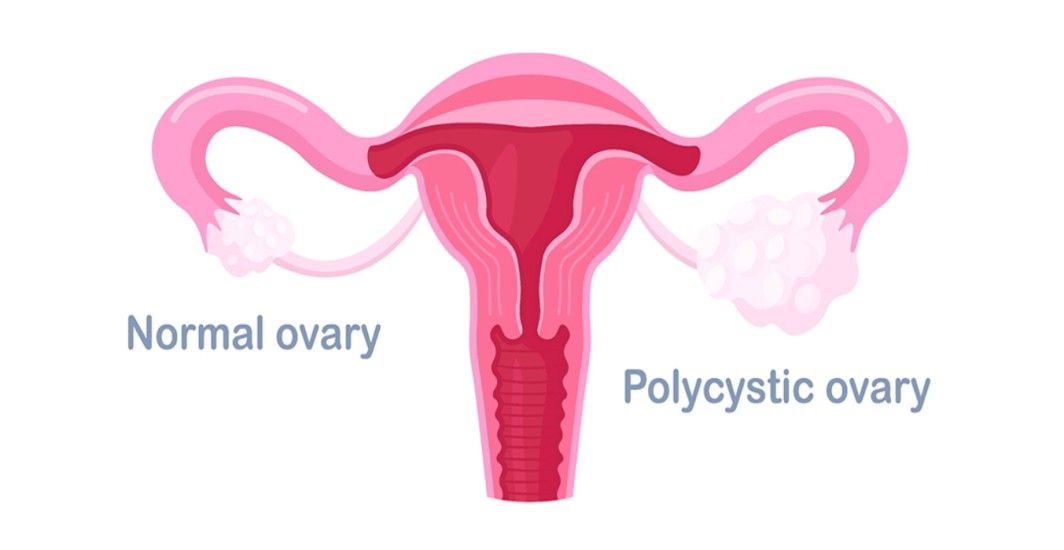Diabetes Management
The Dangers of Diabetic Ketoacidosis
4 min read
By Apollo 24/7, Published on - 05 January 2021, Updated on - 11 December 2023
Share this article
0
0 like

What is diabetic ketoacidosis?
What are the early warning signs of diabetic ketoacidosis?
- Extremely dry mouth with thirst
- Frequent urination
- Blood glucose levels above 240 mg/dL
- High levels of ketone bodies in the body (can be checked in either urine or blood)
- Pain in the abdomen
- Nausea and vomiting that continues for more than 2 hours
- Weakness and fatigue
- Dry, flushed skin
- Fruity breath that might resemble a nail-polish remover
- Heavy and laboured breathing (also called Kussmaul breathing)
- Mental confusion, irritability and inability to concentrate
- Slurring of speech
- Blurring of vision
- Swelling of the brain, which can make the person feel drunk and behave irrationally.
What causes diabetic ketoacidosis?
Lack of insulin in the body, either due to missed insulin dose or due to the increased demand of insulin in the body, can trigger ketoacidosis.
Adverse reaction to insulin can also increase the levels of ketone bodies in the blood.
Skipping food frequently can increase the levels of ketone in the body.
Acute infections such as pneumonia or urinary tract infection.
Medical emergencies such as heart attack or stroke can trigger physiologic stresses in the body, resulting in low insulin production, thereby increasing ketone levels.
Ketone levels can also spike during pregnancy.
Use of certain drugs such as corticosteroids, thiazide diuretics, sympathomimetics and sodium-glucose co-transporter 2 (SGLT-2) inhibitors can also trigger ketoacidosis in diabetic people.
Can this dangerous condition be prevented?
Regular monitoring of blood sugar levels, especially in times of stress or illness.
Following a strict insulin regimen to make sure that the sugar levels are under control. Discuss with your doctor when and how to increase or reduce the dose of insulin.
Following the diet and exercise pattern recommended by the endocrinologist and dietician rigorously.
Checking for ketone bodies with either blood or urine ketone test kit. It is advised to check for ketone bodies every 4 to 6 hours when sugar level spikes to 240 mg/dl or when the person is suffering from an infection (such as cold or flu).
How can diabetic ketoacidosis be treated?
- D: Family/ previous history of diabetes or increased blood sugar levels
- K: Presence of ketone bodies in the urine or blood
- A: Higher levels of acid in the blood
The patient is given a large volume of fluids intravenously (through the vein) to treat dehydration and to neutralise the acid levels.
The patient is also given insulin intravenously, one to two hours after the fluids are administered, to lower the blood sugar levels.
Potassium supplements are given to treat hypokalemia, which is one of the reasons for diabetic ketoacidosis.
Blood sugar levels, fluid status, acid levels, cardiac status, urine output, blood pressure and electrolyte levels are monitored closely.
The patient is given antibiotics or other medications in case of any infection that would have triggered ketoacidosis.
Conclusion
You can also try the Apollo 24|7 Diabetes Self-Management Tool to log your sugar values, track patterns, know all about food nutrition and more.
Diabetes Management
Leave Comment
Recommended for you
.jpg?tr=q-80)
Diabetes Management
The Role of Algae Supplements in Diabetes Nutrition
Algae supplements could potentially revolutionize the way we manage diabetes. They work on multiple fronts - from regulating blood glucose levels to impacting gut health. However, as research unravels its full potential, make an active choice towards better diabetes management today with lifestyle changes and dedicated support like the Apollo Super 6 program.

Diabetes Management
Diabetic Gastroparesis: Understanding, & Managing Digestive Delay
Living with diabetes goes beyond just managing blood sugar levels. A potential complication like gastroparesis, or a digestive delay, can become an added health concern. Understanding this connection is pivotal in effectively managing symptoms and maintaining stable blood sugar levels. By learning more about this complex relationship, diabetes management and Gastroparesis can be managed effectively.

Diabetes Management
The Link between Prediabetes and Polycystic Ovary Syndrome (PCOS)
With nearly 30% to 40% of women with PCOS also having prediabetes, awareness and effective management are key as thiisalso raises the risk of type 2 diabetes and heart disease. The good news is that lifestyle changes, medication, and regular monitoring can significantly reduce the risk and improve overall health.
Subscribe
Sign up for our free Health Library Daily Newsletter
Get doctor-approved health tips, news, and more.
Visual Stories

8 Fruits That are Incredibly Healthy for Diabetes
Tap to continue exploring
Recommended for you
.jpg?tr=q-80)
Diabetes Management
The Role of Algae Supplements in Diabetes Nutrition
Algae supplements could potentially revolutionize the way we manage diabetes. They work on multiple fronts - from regulating blood glucose levels to impacting gut health. However, as research unravels its full potential, make an active choice towards better diabetes management today with lifestyle changes and dedicated support like the Apollo Super 6 program.

Diabetes Management
Diabetic Gastroparesis: Understanding, & Managing Digestive Delay
Living with diabetes goes beyond just managing blood sugar levels. A potential complication like gastroparesis, or a digestive delay, can become an added health concern. Understanding this connection is pivotal in effectively managing symptoms and maintaining stable blood sugar levels. By learning more about this complex relationship, diabetes management and Gastroparesis can be managed effectively.

Diabetes Management
The Link between Prediabetes and Polycystic Ovary Syndrome (PCOS)
With nearly 30% to 40% of women with PCOS also having prediabetes, awareness and effective management are key as thiisalso raises the risk of type 2 diabetes and heart disease. The good news is that lifestyle changes, medication, and regular monitoring can significantly reduce the risk and improve overall health.